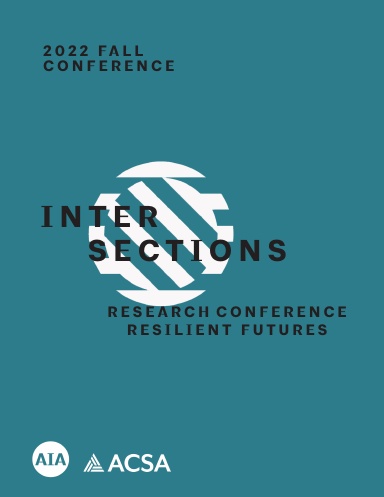Author(s): Jerry Hacker
Using the lens of common residential typologies found in Canada, this paper examines the possibilities structural drivers (the built environment) might offer to promote social interaction and help address the emerging state of chronic loneliness being experienced in the country. Specifically, the question is how might architects begin to dismantle common spatial constructs grounded in autonomy in search of typologies founded on negotiable space that supports the act of coming together and exchange? Research exists regarding attitudinal, relational, and cultural drivers of connection, but the impact of early, architecturally driven conceptual design decisions and their effect on social interaction and sociability remains limited. Where knowledge does exist, the trend is towards using a qualitative metric such as case study, precedent, or anecdotally based post-occupancy evaluation. Through the use of simulation software known as FLUID Sociability, comparative measurements can be made between design proposals to reveal the potential effectiveness of structural drivers in promoting human connectedness and social interaction earlier in the design process. To advance the ideas, a hybridized seminar-design based graduate-level course was developed to create testable hypotheses and emergent design proposals involving four common residential typologies. The typologies were subsequently tested for social performance using the aforementioned software. The results present a comparative working methodology whereby designers and architects can evaluate design options from the perspective of social interaction, and thereby provide enhanced design rationales to proactively build more socially resilient dwellings and communities.
https://doi.org/10.35483/ACSA.AIA.Inter.22.8
Volume Editors
Gail Napell & Stephen Mueller
ISBN
978-1-944214-42-13

 Study Architecture
Study Architecture  ProPEL
ProPEL 
